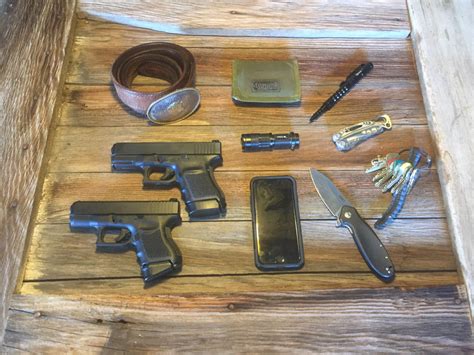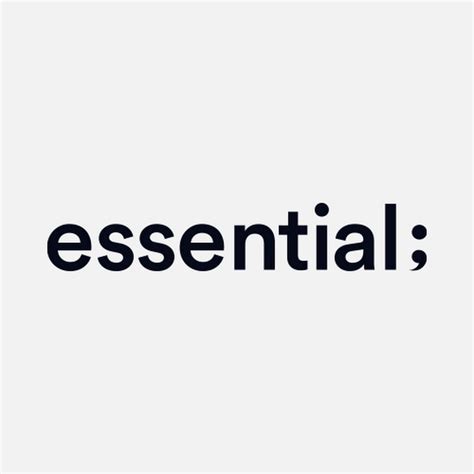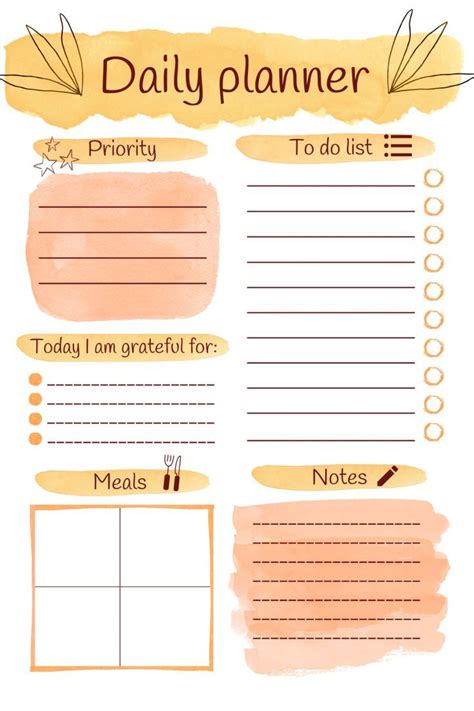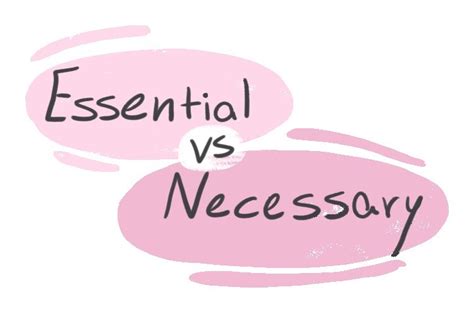How to curate minimalist, high-performance gear essentials for daily peak?

The Art of Stripping Down to Elevate Up
In a world often defined by excess, the philosophy of minimalism has gained significant traction, especially when applied to the tools we rely on daily. But minimalism doesn’t have to mean compromise; it can be a powerful pathway to peak performance. Curating a collection of minimalist, high-performance gear essentials is about thoughtful selection, where every item serves a purpose, enhances efficiency, and stands the test of time. It’s about optimizing your daily carry to support your ambitions without weighing you down.
Imagine a daily routine where every tool at your disposal is a top-tier performer, meticulously chosen for its utility, durability, and seamless integration into your life. This isn’t just about owning fewer things; it’s about owning the right things – items that consistently deliver, allowing you to focus on your tasks and goals with minimal friction.

Defining Your Daily Peak Performance Needs
Before you can curate, you must define. What does “daily peak performance” mean for you? For some, it’s about maximizing productivity at work; for others, it’s about being prepared for unexpected situations, maintaining focus, or optimizing physical well-being. Start by auditing your typical day:
- What are your core responsibilities and tasks?
- What common challenges do you encounter?
- What environments do you frequent (office, outdoors, travel)?
- What gear do you currently carry, and how often do you truly use each item?
This self-assessment will reveal patterns and highlight where your current gear setup might be redundant, insufficient, or simply subpar. Pinpoint the specific functions you need your gear to perform, rather than just identifying types of items. For example, instead of “a knife,” think “the ability to open packages quickly and safely.”
Core Principles for Minimalist, High-Performance Gear
Once you understand your needs, apply these guiding principles to your selection process:
1. Versatility is King
Seek out items that can serve multiple functions exceptionally well. A single multi-tool can replace several individual tools, a portable charger might also include data transfer capabilities, and a durable pen can be both a writing instrument and a self-defense tool.
2. Durability and Reliability
High performance often correlates with robust construction and dependable operation. Invest in gear made from quality materials that are designed to last. A reliable item reduces the need for frequent replacement and eliminates the stress of potential failure when you need it most.

3. Ergonomics and User Experience
Even the most powerful tool is useless if it’s uncomfortable or difficult to use. Prioritize items that feel good in your hand, operate intuitively, and integrate smoothly into your workflow. A high-performance item should enhance, not hinder, your interaction.
4. Portability and Weight
Minimalist gear is inherently easy to carry. Consider the size and weight of each item, especially for everyday carry (EDC). Lighter, more compact items free up pocket space, reduce strain, and ensure you’re more likely to have your essentials with you when you need them.
5. Strategic Aesthetics (Optional but impactful)
While not strictly performance-related, owning gear that you genuinely enjoy looking at and interacting with can boost morale and pride of ownership. Thoughtful design can make using your tools a more pleasant and even inspiring experience.
Essential Categories & Exemplary Gear Choices
While specific items will vary, most daily peak performance kits include:
- Personal Utility: A robust pen, a small notebook for capturing ideas, and a compact multi-tool or Swiss Army knife.
- Tech & Connectivity: A reliable smartphone, a slim power bank, and high-quality, comfortable earbuds or headphones.
- Carry Solution: A minimalist wallet, a sleek cardholder, or a compact sling bag that keeps essentials accessible without bulk.
- Health & Wellness: A durable, reusable water bottle, a small container of pain relievers, or essential hand sanitizer.

The Curation Process: Audit, Acquire, Refine
Building your ideal gear kit is an ongoing process:
1. The Gear Audit
Lay out everything you currently carry. Ask yourself: When was the last time I used this? Does it truly serve a critical function? Is there a more efficient or versatile alternative? Be ruthless in your assessment.
2. Research and Thoughtful Acquisition
Once you’ve identified gaps or areas for upgrade, research thoroughly. Read reviews, watch comparisons, and seek out reputable brands known for quality. Don’t fall for marketing hype; focus on proven performance and reliability. Consider borrowing or testing items before committing to a purchase.

3. The One-In, One-Out Rule
To maintain your minimalist edge, adopt a strict “one-in, one-out” policy. When you acquire a new item, a similar, less effective, or redundant item must be removed from your daily carry.
4. Regular Review and Refinement
Your needs evolve, and so should your gear. Periodically review your kit. Are you still using everything? Has a new, superior product emerged? This continuous refinement ensures your gear always aligns with your current peak performance requirements.

Embrace the Power of Intentional Gear
Curating minimalist, high-performance gear essentials isn’t just about accumulating objects; it’s about intentional living. It’s about empowering yourself with tools that reliably support your daily endeavors, reduce mental clutter, and free up cognitive load. By choosing wisely and thoughtfully, you transform your everyday carry from a collection of items into a finely tuned system that helps you achieve your daily peak, every single day.






